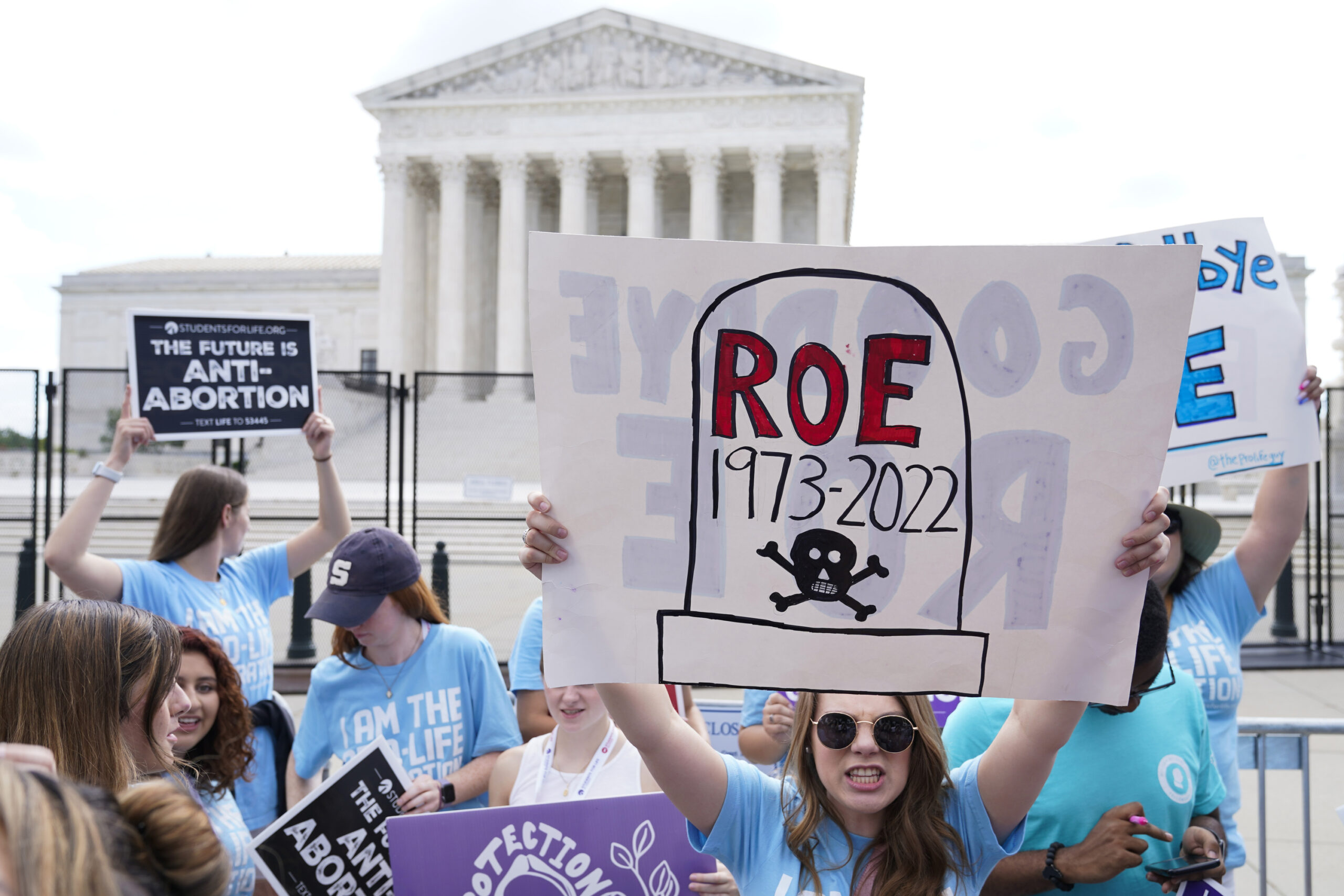

On Tuesday, Arizona became a new hot spot in the battle over abortion. The state’s Supreme Court voted 4-2 to lift a stay placed by a lower court on a law that prohibits abortions except to save the mother’s life.
Discussion of the ruling has mostly focused on its political implications, especially for the 2024 elections. The vote ignited Democrats in the state and nationally while further exposing rifts within the GOP on the issue.
Less discussed has been the new ground the majority trod in legal interpretation — ground with significant implications for other states.
The disputed law dates back to 1864, when Arizona still was a territory, though Arizona’s territorial and then state legislatures re-affirmed it in 1901 and 1913. The law then was prohibited from enforcement by the U.S. Supreme Court’s decision in Roe v. Wade.
However, we all know the U.S. Supreme Court overturned Roe (and its affirmation in Planned Parenthood v. Casey) in Dobbs v. Jackson during the summer of 2022. Thus, Arizona’s case brought up an important and debated matter of law that followed from Dobbs: what was the status of restrictive abortion laws enacted prior to Roe now that Roe no longer was binding precedent? Could they be enforced again or not?
This matter had come up for discussion in Michigan, which had a 1931 law prohibiting most abortions. However, voters approved a state constitutional amendment that nullified the law, making whether it could otherwise be enforced a moot point.
The question is a difficult one, not just from the intensity of the abortion debate but because judges do not have much history to consult. It has been rare that the Supreme Court has overturned a precedent establishing a constitutional right and returned the issue to state determination. Here, the Arizona court majority waded through the complicated legal questions as to whether Arizona’s old law was again valid law and thus could be enforced. In deciding it could, the court gave a helpful set of guidelines for how to approach this largely novel, legally-fraught form of statutory interpretation.
For instance, the justices had to consider actions taken by the Arizona legislature after Roe but before Dobbs. These actions included restrictions on abortion, but the regulations did not come close to the 1864 law’s near-total ban. Did those post-Roe laws establish a statutory abortion in what they did not prohibit, thereby, in essence, repealing any greater restrictions from the old law under debate here?
The majority said no. The subsequent legislative actions neither established an abortion right by statute nor therefore amended the original abortion law. The justices came to this conclusion through a careful perusing of the post-Roe actions Arizona took with regards to the issue. They came to this conclusion by noting several points.
First, the Arizona legislature acted within the confines of Roe yet, in nearly all cases, sought to restrict abortion, not expand it. Second, the legislature never repealed the original law. Instead, it even re-enacted the statute in 1977 and passed a measure in 2022 saying a new abortion law did not repeal the 1864 statute. Third, the legislature passed another measure that stated all Arizona laws “shall be interpreted and construed to acknowledge, on behalf of an unborn child at every stage of development, all rights, privileges and immunities available” for other persons as far as the Constitution and U.S. Supreme Court precedent permitted.
Taken together, these markers showed that the Arizona legislature consistently sought to keep the original abortion law in place to the maximum extent possible. After Dobbs, that extent enlarged dramatically. Thus, it is the most reasonable interpretation to say the 1864 law can now be enforced.
CLICK HERE TO READ MORE FROM THE WASHINGTON EXAMINER
This reasoning would not yield the same result for every state’s old abortion laws. Some states have clearly changed their laws and even their constitutions to recognize a right to abortion, thereby repealing past statutes to the contrary. Others have more ambiguous post-Roe histories that might legitimately yield a different judicial result.
Regardless, the Arizona decision did more than throw fuel on the abortion fire. It offered a serious judicial answer to a pressing legal question about how the law works in the Dobbs era.
Adam Carrington is an associate professor of politics at Hillsdale College.







